Claire learns...
How to Make (Almost) Anything
Exploring the art and science of fabrication.
Nice to meet you!
My name is Claire Dorsett. I am a master's student at Harvard's Graduate School of Education studying Learning Design, Innovation, and Technology (LDIT), and currently cross-enrolled at MIT's Media Lab taking Neil Gershenfeld's legendary class How to Make (Almost) Anything.
My professional background is in informal learning. I spent three years as a children's book editor in NYC before switching paths into the museum world.
I currently work (remotely) for Great Lakes Science Center in Cleveland, where I lead the creative development for exhibits, experiences, and environments intended to stimulate curiosity and support playful learning for guests of all ages.
These have included:
- Two-story, crawl-through suspended tunnels harnessing the tensile strength of packing tape and plastic wrap (fabriction in progress in the above photo).
- Car take-aparts, where kids use real tools to dismantle engines, dashboards, doors, and more. (We removed the airbags, fluids, battery, and glass first).
- Tech dissections and scrap sculpture stations, where families tear apart old tech before re-combining loose parts into their own new creations. It all gets recycled in the end!
- A STEM-themed park and playground, complete with a giant lever, energy bike, and "sand factory" where visitors can 3D print by extruding wet sand through funnels.
- A suite of manufacturing-themed exhibits including simulations arround laser cutting, machining, injection molding, vacuum forming, and more.
However, this is mostly ideation and project management—I've never handled the fabrication side of things!
One of my primary goals this year is to learn about different fabrication techniques and technologies that help bring ideas into the real world.
Final Project:
Digital Smart Egg
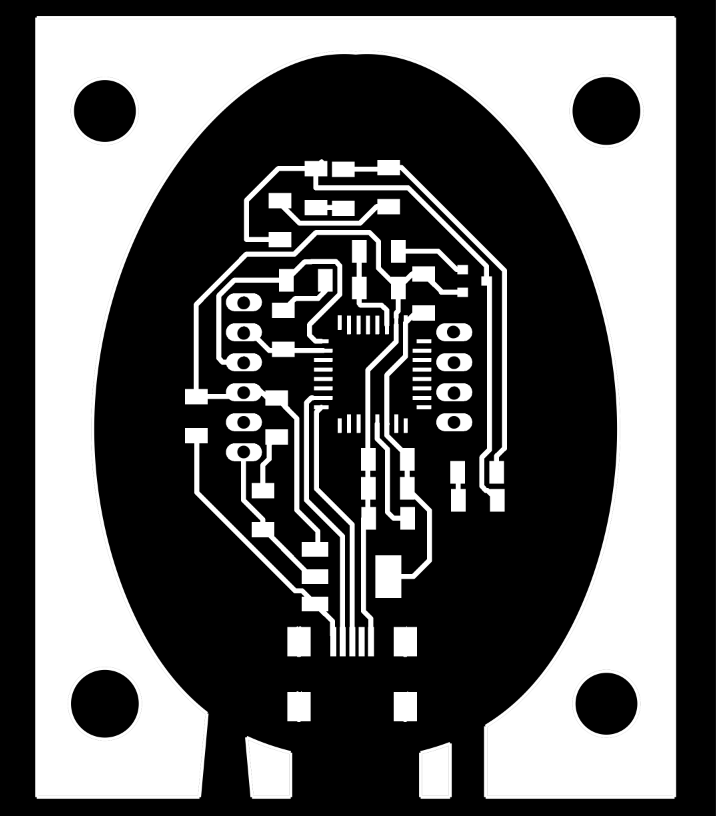
Casting custom PCBs in place to create a sensor-laden, unbreakable "smart" egg for egg drops.
Week 1: 3D CAD Design in Fusion 360
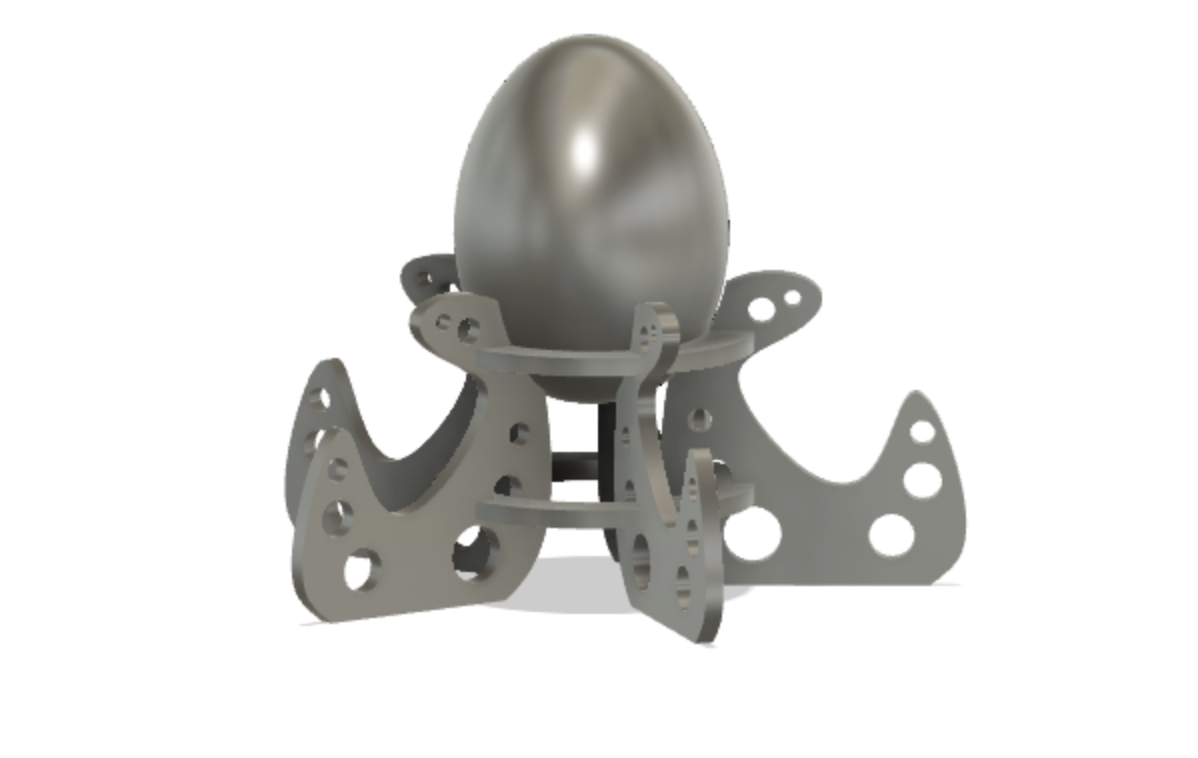
3D CAD modeling in Fusion 360.
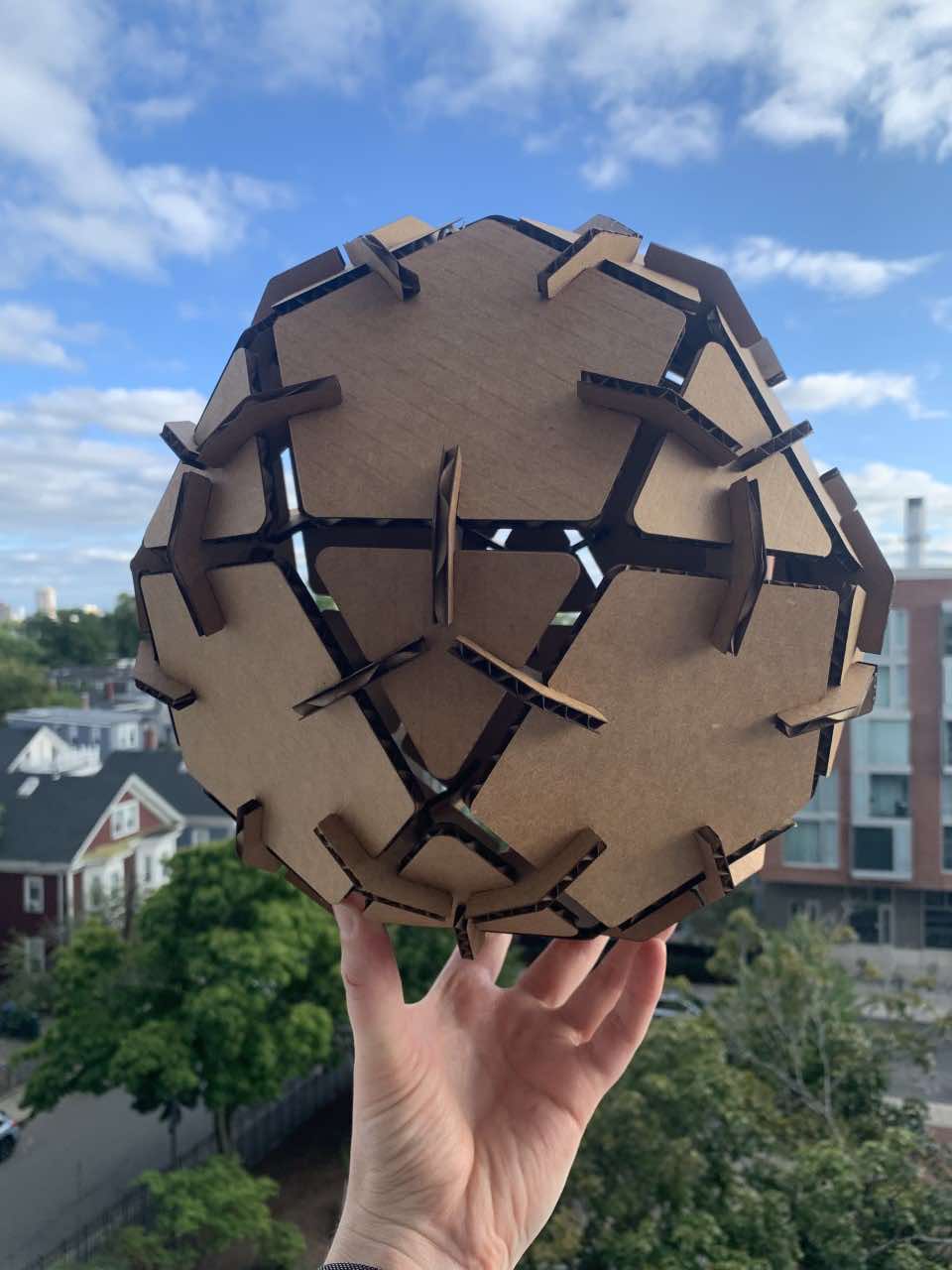
Git cloning, vinyl cutting, parametric design, and laser cutting press-fit kits.
Week 3: Electronics Production
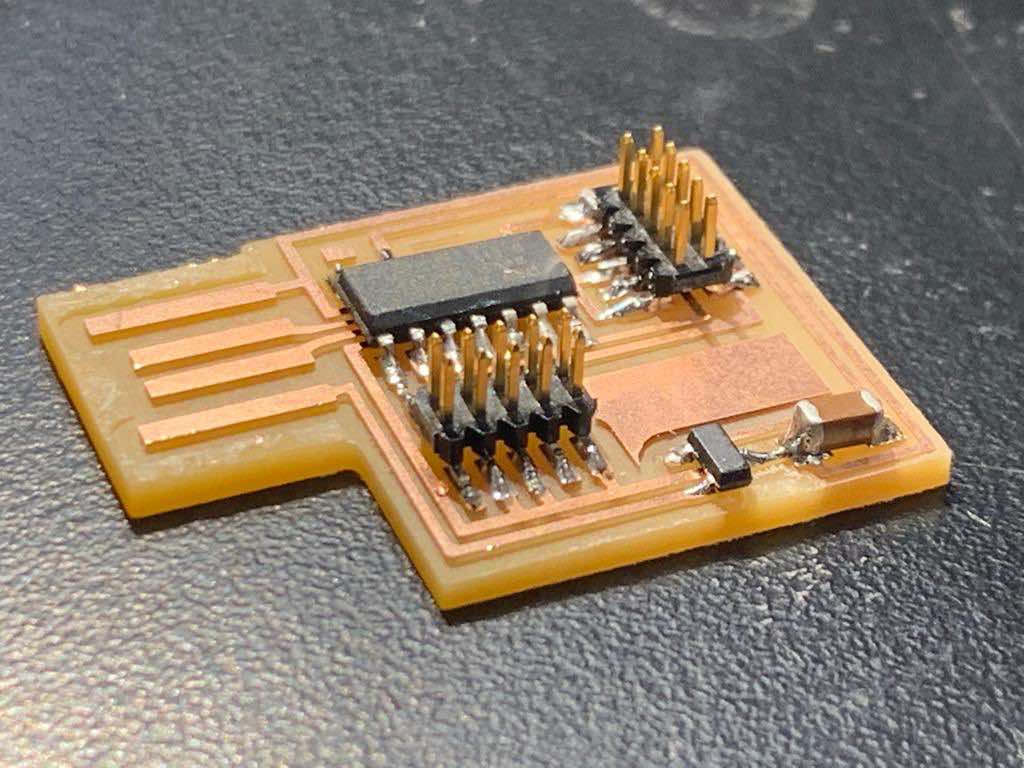
Milling, soldering, and "stuffing" a circuit board programmer.
Week 4: 3D Printing
& Scanning

Learning how to create things that can only be made additively.
Week 5: Electronics Design

(Re)designing an echo hello board to add a button anad light.
Week 6: Computer-Controlled Machining
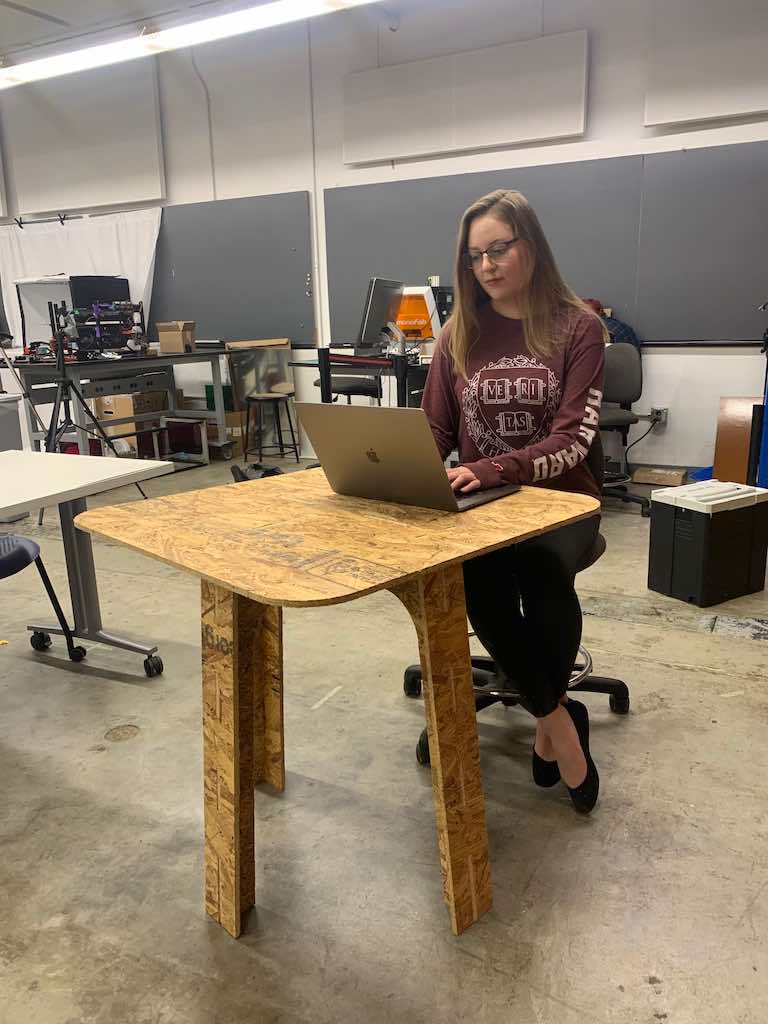
"Make something big."
Week 7: Embedded Programming
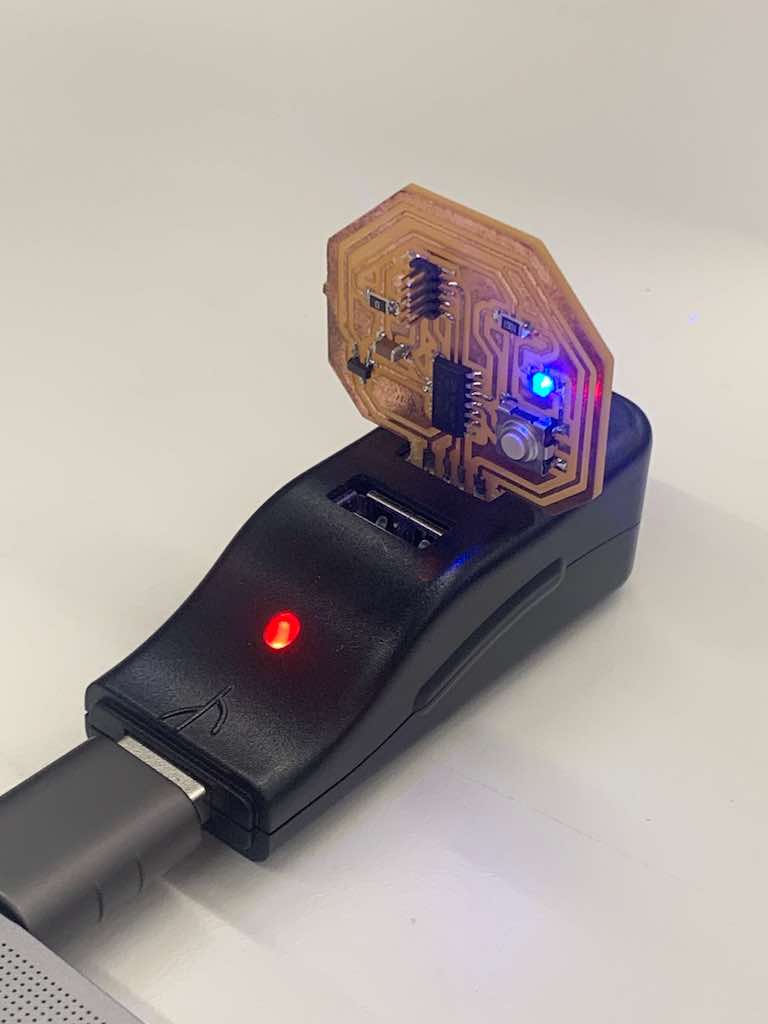
Making my circuit board blink!
Week 8: Molding & Casting
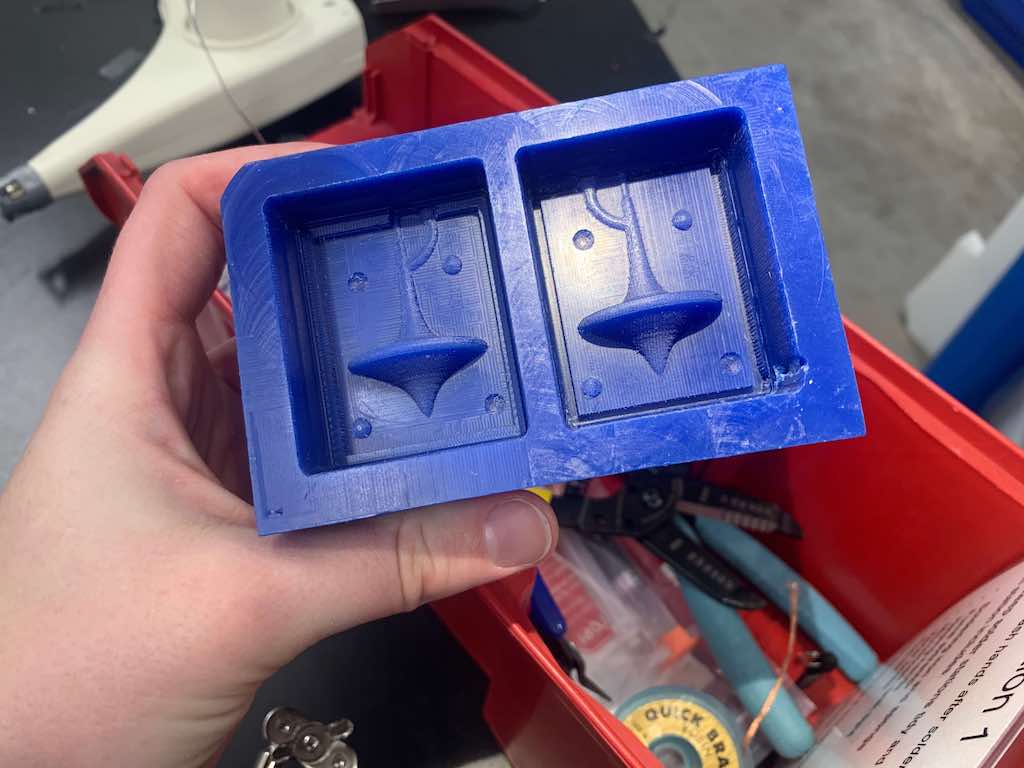
Making forms to make forms.
Week 9: Input Devices
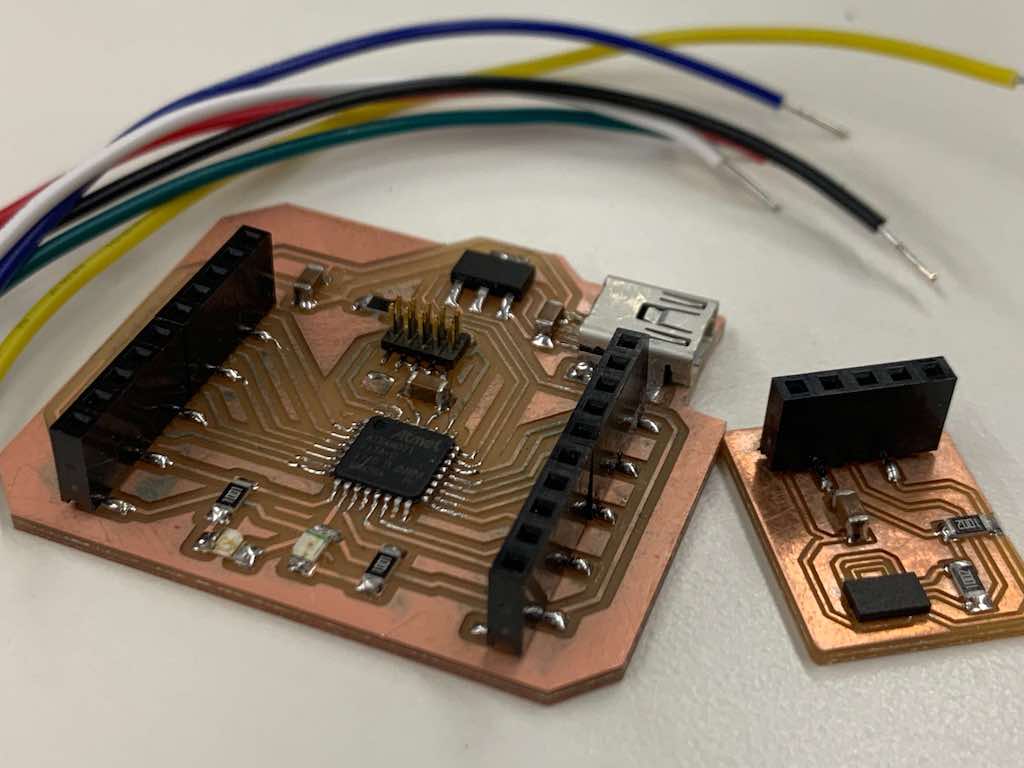
Using sensors to gather data.
Week 10: Output Devices
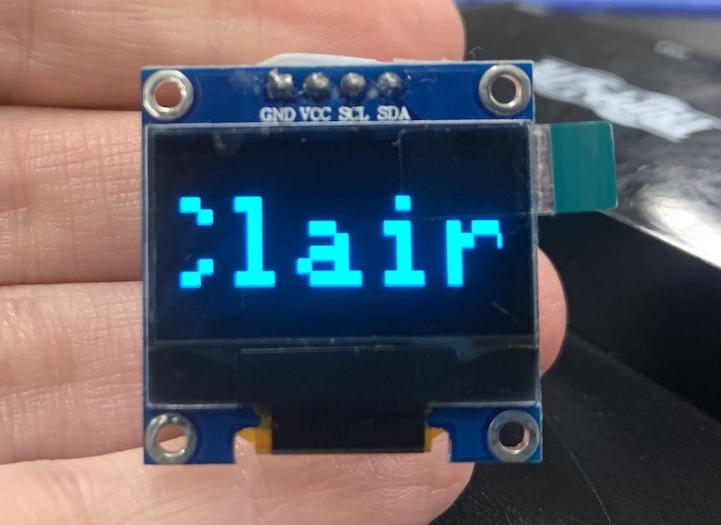
Making interesting data visible.
Week 11: Networking & Communications

Making things talk to each other.
Week 12: Interfaces & Applications
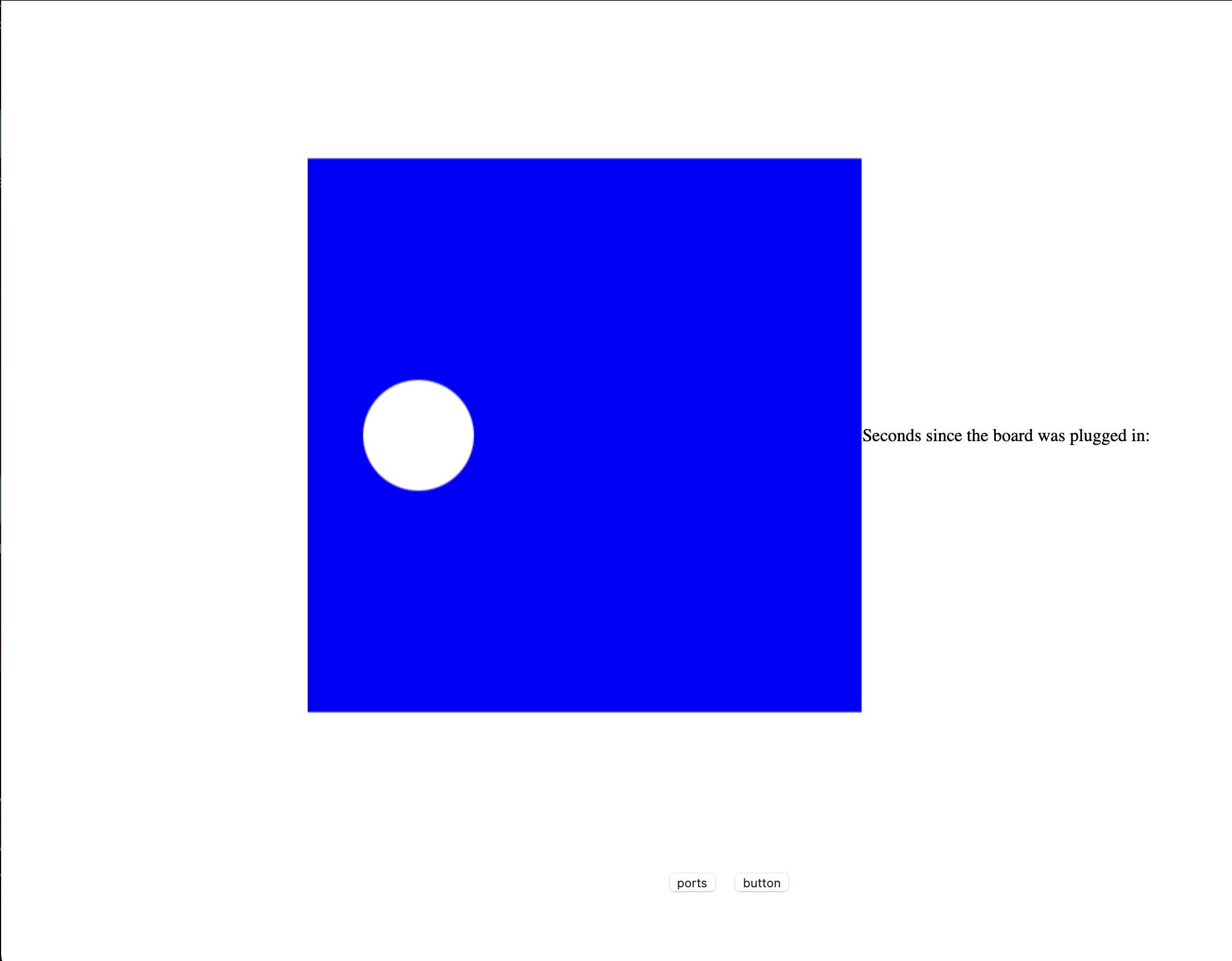
User friendliness, anyone?
Or I'd settle for mere functionality.
Week 13: Mechanical Machine Design

Making things that make things.
Or that make mayhem.
Week 14: Wildcard week
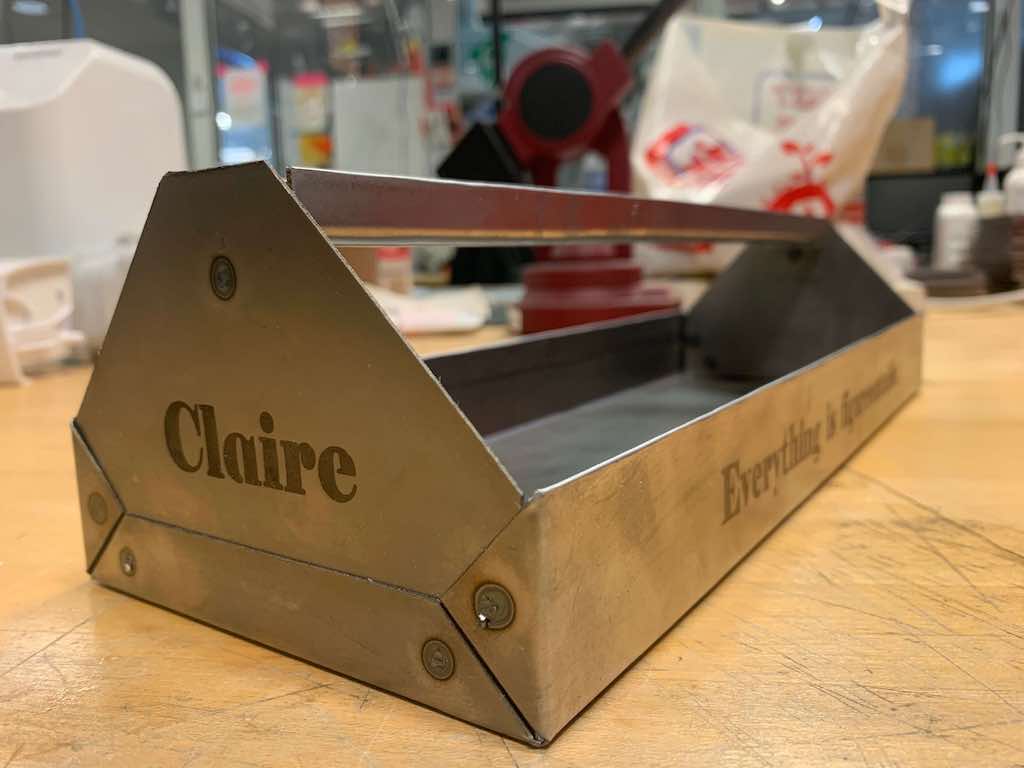
Sheet metal bending, spot welding, and cutting with lightning (EDM).
Bonus: STEM Playground & Manufacturing Exhibits
I spent the last two years developing a STEM-themed park and playground and suite of manufacturing-focused exhibits for a community partner (shoutout to MAGNET) in Cleveland, Ohio. Researching that content gave me a foundation for HTMAA, and in turn HTMAA helped build upon my understanding of the basic concepts.
Since the project launched while HTMAA was running (exactly halfway through!) it seemed like a great thing to include on my website!
We featured exhibits exploring injection molding, vacuum forming, welding, 3D printing, die cutting, and more.
Check it Out!













